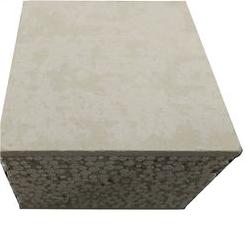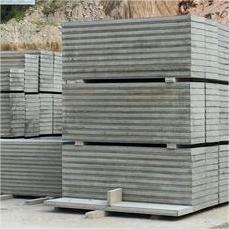Japan’s approach to earthquake evasion and survival is deeply rooted in its unique architectural and engineering practices, which incorporate advanced concrete chemistry. This strategy ensures that buildings and infrastructure can withstand the seismic forces that are common in this region.
(Earthquake Evasion: Japan’s Concrete Chemistry for Survival)
The key to Japan’s earthquake-resistant structures lies in the use of “ductile” steel within the reinforced concrete framework. Ductile steel has a high capacity to deform before breaking, which allows it to absorb and distribute the energy generated during an earthquake. This reduces the risk of structural collapse and minimizes the potential for injury or loss of life.
In addition to using ductile steel, Japan employs advanced concrete chemistry that enhances the material’s resistance to cracking and deterioration under stress. High-performance concretes with controlled shrinkage and improved durability are used to ensure that buildings maintain their integrity over long periods, even in harsh conditions. These concretes also offer better fire resistance, an important factor in earthquake-prone areas where fires can occur as a result of the disaster.
Furthermore, Japan’s building codes require rigorous testing and certification processes for materials and designs. This ensures that all construction projects adhere to strict safety standards and can withstand the expected seismic forces. Engineers and architects must also consider the site-specific seismic risk when designing buildings, taking into account factors such as soil type and distance from fault lines.
Japan also utilizes innovative techniques like base isolation and tuned mass dampers to further enhance the resilience of its structures. Base isolation involves separating the building from its foundation, allowing the structure to move independently during an earthquake without causing damage. Tuned mass dampers, on the other hand, are large masses attached to a building that move in opposition to the building’s motion, effectively reducing vibrations and mitigating the impact of seismic forces.
(Earthquake Evasion: Japan’s Concrete Chemistry for Survival)
In summary, Japan’s approach to earthquake evasion and survival is multifaceted, relying on advanced concrete chemistry, rigorous construction standards, and innovative engineering solutions. By combining these elements, Japan ensures that its buildings and infrastructure can withstand the challenges posed by earthquakes, providing a safe haven for its population during these natural disasters.
Inquiry us
if you want to want to know more, please feel free to contact us. (nanotrun@yahoo.com)

